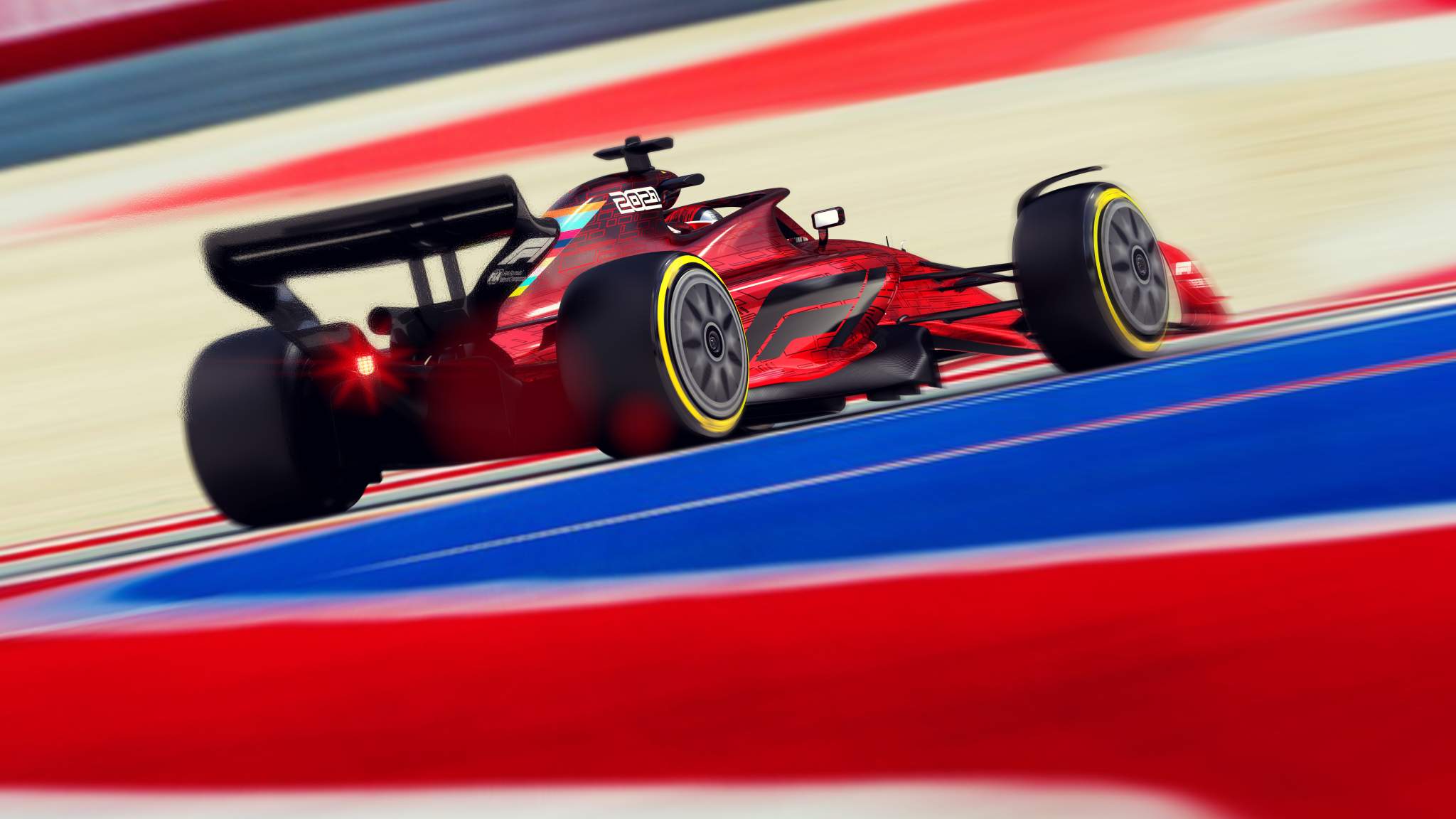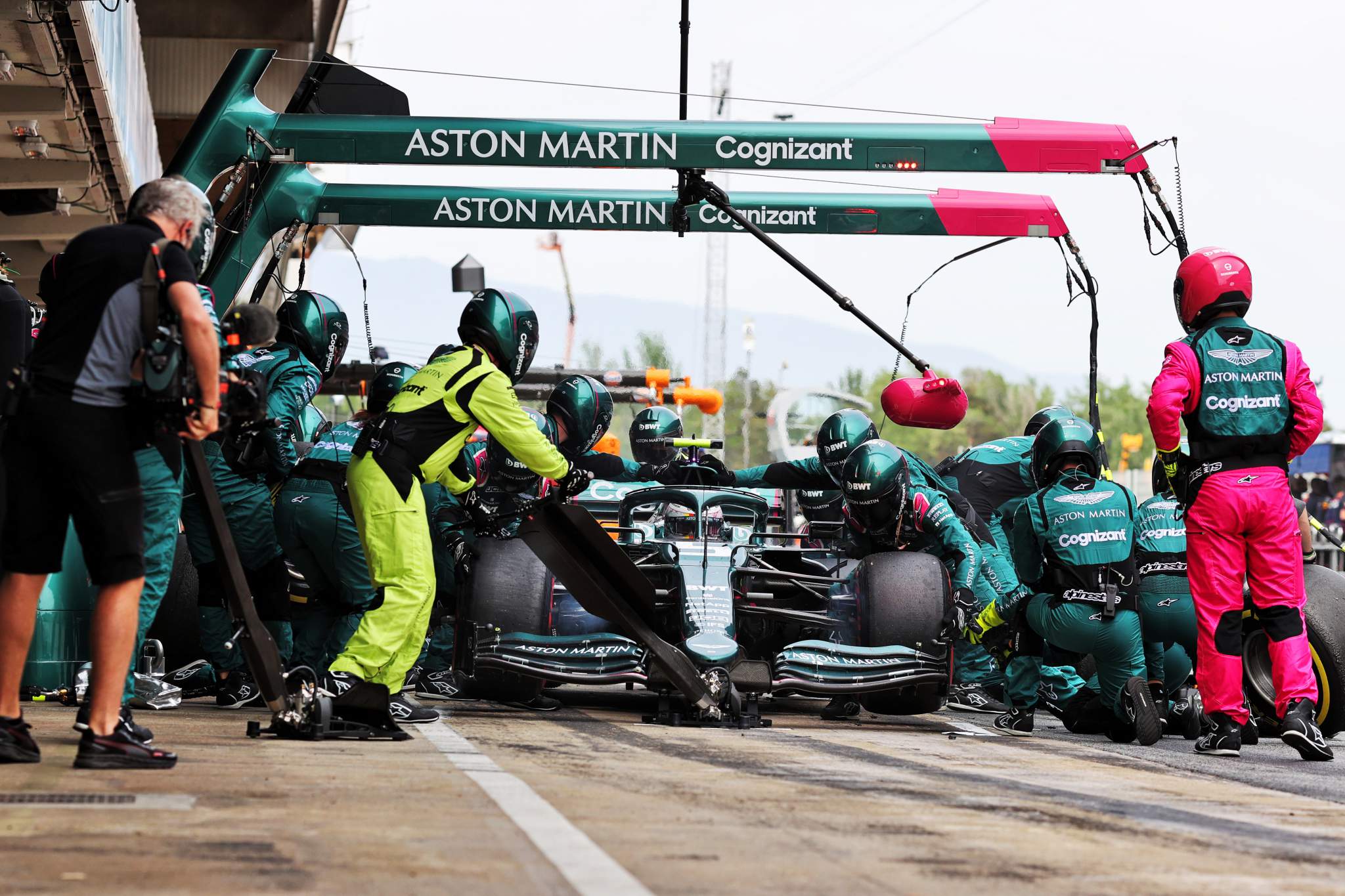Up Next

Pirelli is moving into the next phase of its 18-inch wheel Formula 1 tyre test programme with two days of running at Barcelona on Tuesday and Wednesday.
It’s switching to focus on compounds having completed the majority of work on the construction and profile of the 2022 F1 tyres.
This is Pirelli’s fourth test of the year, having run at Jerez in February with Ferrari both in wet and dry conditions, in Bahrain with Ferrari and Alpine before two days of running at Imola late last month.
Today it's the very first time for @ValtteriBottas to test the #Fit4F1 18-inch prototype tyres for next year with @MercedesAMGF1 at @autodromoimola circuit. For all the meteorologists out there, it's sunny, 18 degrees ambient and 27 degrees on track. pic.twitter.com/cFNbnezun5
— Pirelli Motorsport (@pirellisport) April 21, 2021
Alfa Romeo with Robert Kubica and Red Bull with Alex Albon will run on both days. Alpine will run only on Tuesday with Daniil Kvyat behind the wheel.
Pirelli is completing 28 days of running this year using mule cars supplied by Formula 1 teams to emulate the anticipated aerodynamic loads and performance of the 2022 cars, which are built to new technical regulations – illustrated below in a mock-up issued when the rules were due to come in for 2021.

The adopting of 18-inch wheelrims and low-profile tyres is a significant change, with F1 setting it the target of producing rubber that is less temperature sensitive than the current Pirellis but that also provides a controlled performance drop-off through thermal degradation.
Setting the compounds will be critical to this. Pirelli will continue to supply three different compounds for each race weekend with the chemical properties of the compound central to achieving its objectives.
“The important elements that emerged from the test in Imola was that all the constructions tested gave us a result that was coherent across different cars and across different circuits,” said Pirelli F1 boss Mario Isola when asked by The Race about progress.
“So we had the possibility to validate the construction starting from Jerez, to Bahrain, Imola and now we are in a situation where the construction is almost finalised.
“In Barcelona, we start a test campaign on compounds. We are currently using a compound that is the first one of the new family of compounds, with the characteristics of less overheating and less degradation.
“We need to keep a bit of degradation because otherwise it’s useless to bring three different compounds. But in terms of targets, I am confident that we are going in the right direction.
“We want to start the development of the compounds in order to achieve the target. That is the plan and I hope we can achieve what we promised.”
Pirelli faces a difficult set of objectives for next season, given the desire to produce tyres that allow drivers to push consistently without having to manage temperatures constantly but also provide a performance drop off that makes races strategically interesting.
Drivers have pushed hard for such characteristics, as they are eager for tyres that are less sensitive to temperature and require less management.

While Isola is hopeful that Pirelli can deliver on these ends, he points out that there are certain limitations in the cars that are being used for testing that mean they are not a precise representation of the 2022 machines.
“It is a big challenge because we are talking about a completely new product and we have to fit with this new product on a completely new car,” said Isola.
“And hopefully we are testing on mule cars that are representative of the performance expected next year, but with some characteristics that are very different.
“What we asked the teams is to set up a mule car with a level of downforce that is what they are expecting for next year, a minimum weight that is in line with next year’s regulations, a weight distribution that is in line with the regulation as well.
“But then we have other important elements that we cannot test at the moment like heat transfer from brakes to rims, for example. Next year we will have rim covers and different brakes with the hot air that has to be moved inside and not used to heat the rim.
“So there are some elements that will be different compared to what we have now on the new cars.”
After Barcelona, Pirelli’s next 18-inch tyre test will be two days of wet running with Mercedes at Paul Ricard on May 25-26.




